How long does it take for the tip of the nose to reduce after a nose lift?
Nose lift is one of the effective cosmetic methods for the nose nowadays, helping to improve the nose’s shape and bring confidence to life. However, many people still worry about complications after surgery and how long does it take for the tip of the nose to reduce after a nose lift?. These are common concerns before deciding to undergo rhinoplasty. If you have similar questions, read the article below to learn more.
How long does it take for the tip of the nose to reduce after a nose lift?
Individuals who have undergone cosmetic rhinoplasty often express concerns about changes in the shape of their noses. However, pain and swelling at the nose tip are normal symptoms that require a certain amount of time for the healing process to improve and for the nose to achieve a more perfect appearance.

How long does it take for the tip of the nose to reduce after a nose lift?
Recovery Milestones After Rhinoplasty
To understand the timeline for when the nose tip will no longer be swollen after rhinoplasty, you can refer to the recovery stages outlined below:
- Days 1 to 3: During this period, the nose is typically swollen and may be painful. However, some individuals may not experience significant pain. This is a normal occurrence after cosmetic surgery, so there is no need to worry.
- Days 3 to 5: From the third day onwards, swelling around the nose will gradually decrease, but bruising may still be visible on the nose or in the surrounding area. The nose becomes sensitive during this stage and can be easily influenced by external factors. Therefore, continue to care for the nose gently and cautiously to avoid affecting its shape.
- Days 7 to 10: During this period, the nose will start to reduce swelling, and any lingering pain or discomfort seems to subside. The nose will feel smoother and more refined. However, the nose shape is not yet completely stable, so continued attention to care is necessary.
- 2 to 4 weeks: Depending on individual factors, around 2 to 4 weeks post-surgery, the nose will achieve stability and the desired shape. At this point, the nose will no longer be swollen or damaged. Instead, the nasal wings will narrow, resembling a natural nose that harmonizes with your facial features.
How long does it take for the nose tip to reduce after rhinoplasty?
The information provided helps you understand more about the time required for the nose tip to reduce after rhinoplasty. Typically, around 4 to 6 weeks after the surgery, the nose will begin to stabilize and achieve the desired cosmetic appearance. After 3 months, the nose will reach its highest level of refinement.
The causes of the nose tip often being large after rhinoplasty
Rhinoplasty is an effective surgical solution to correct conditions such as a flat, short, or upturned nose. Swelling and stiffness of the nose tip after rhinoplasty are entirely normal symptoms. During the rhinoplasty procedure, surgeons typically perform the separation of nasal tissues and may insert additional cartilage into the nasal cavity to adjust the shape of the nose.
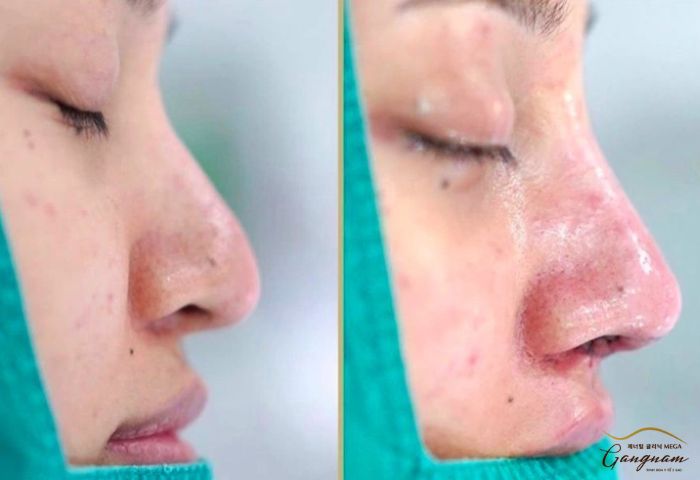
The causes of the nose tip often being large after rhinoplasty
The fact that the nose becomes swollen, stiff, and larger than normal after surgery is inevitable due to the impact of the scalpel. Here are some common reasons why the nose tip may remain swollen for an extended period after surgery:
- The surgeon’s technical skills are not sufficient or are subpar, lacking professionalism and in-depth knowledge.
- The use of low-quality nose-lifting cartilage without ensuring the origin, leading to the rejection of the implanted cartilage, causing prolonged swelling, redness, puffiness, or nasal infection.
- Improper postoperative care processes, inadequate wound hygiene, failure to adhere to allergy-causing food avoidance rules, may result in raised scars and prolonged nose swelling.
- Non-compliance with the doctor’s instructions on the proper use of medications or self-administration of additional non-prescription drugs or supplements, leading to undesired medication reactions.
- Each person’s body may have a slow recovery rate, and the wound may take a long time to heal, potentially causing prolonged postoperative nose swelling.
How to improve the condition of a nose that is large and stiff after rhinoplasty
When encountering prolonged swelling and stiffness of the nose after rhinoplasty, it is advisable to promptly contact the cosmetic surgery clinic for a doctor’s examination and recommendations for appropriate solutions. Typically, the doctor may inject steroids directly into the nose to eliminate stiff fibrous tissue.
This process helps soften the nose, and the size reduces after about 2-3 months. If, after this period, the condition of the nose is still not improved, the doctor may consider removing and rewrapping the nose cartilage to address the prolonged swelling after surgery.
Therefore, closely monitoring the nose’s condition after surgery is crucial. Contact your doctor immediately if you notice any issues to receive timely advice and intervention before the situation worsens, especially when there is a risk of necrosis.
Guidelines for caring to help the nose recover its size quickly
After rhinoplasty, proper care and hygiene of the nose are crucial to ensure a smooth recovery process and help reduce swelling after surgery. Here are some tips for caring and maintaining hygiene after nose lift surgery:
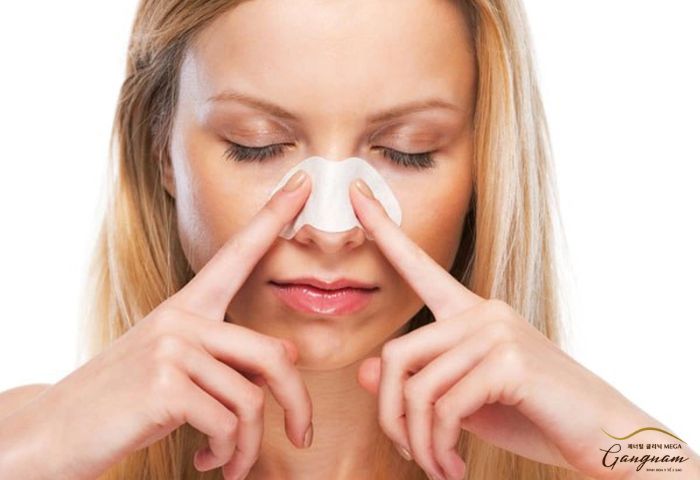
Guidelines for caring to help the nose recover its size quickly
- Within the first 48 hours after surgery, apply cold compresses to the nose and eyes to reduce swelling, pain, and minimize stiffness and bruising in the nose.
- Avoid touching, rubbing, squeezing, massaging, or pressing the nose after surgery. Limit manipulation of the nose area.
- Avoid letting the surgical site come into contact with water. Use a gentle facial cleanser to clean the forehead, cheeks, and chin, then pat dry with a soft cloth.
- Cleanse the nasal wound with saline solution. Gently wipe the wound and the surrounding areas. Use antiseptic ointment to prevent infection and avoid contamination.
- Avoid bending over, lying face down, or sleeping on one side to prevent changes in the shape of the nose after surgery.
- Temporarily refrain from engaging in strenuous physical activities or sports after surgery, such as running, gym workouts, volleyball, badminton, boxing, and similar activities.
- Avoid consuming foods that may delay wound healing or cause allergies, such as chicken, beef, duck, eggs, spinach, sticky rice, seafood, and similar foods.
- Limit the consumption of alcoholic or highly caffeinated beverages, such as beer, wine, tea, coffee, and stimulants.
- Supplement a balanced diet with protein from milk and grains, along with vitamins from watery fruits such as oranges, grapefruits, and kiwis, to promote wound healing and reduce swelling after surgery.
- Do not self-administer medication or supplements without a doctor’s prescription to avoid undesirable reactions and impact on the nose’s recovery process.
- Adhere to the doctor’s follow-up appointments and follow the healthcare professional’s instructions for removing splints and stitches.
With this information, we hope it helps readers find the best answers to the question of how long it takes for the nose to return to normal after rhinoplasty. If you still have concerns or desire a naturally elevated nose, please contact Mega Gangnam through the hotline: 093 770 6666 today!






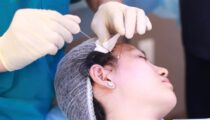

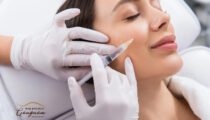



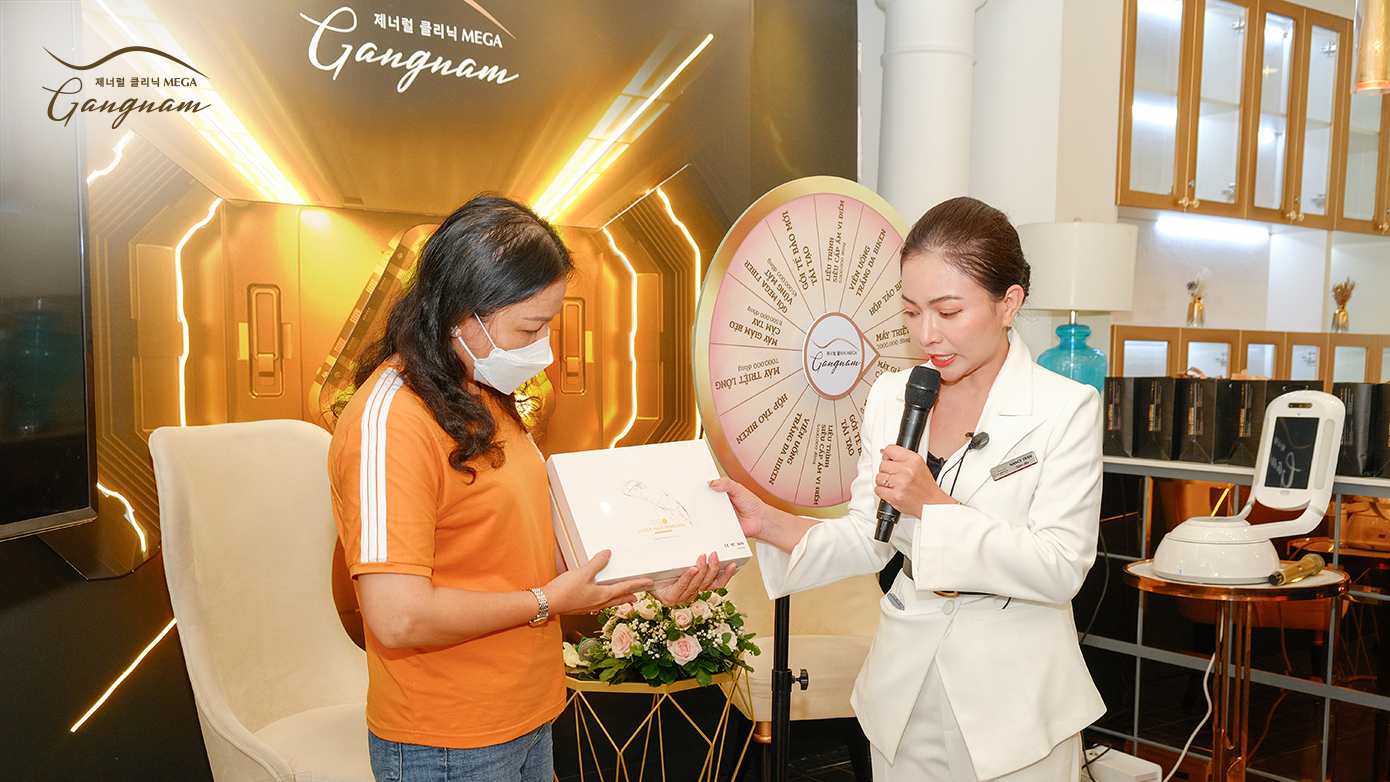

Leave a Reply